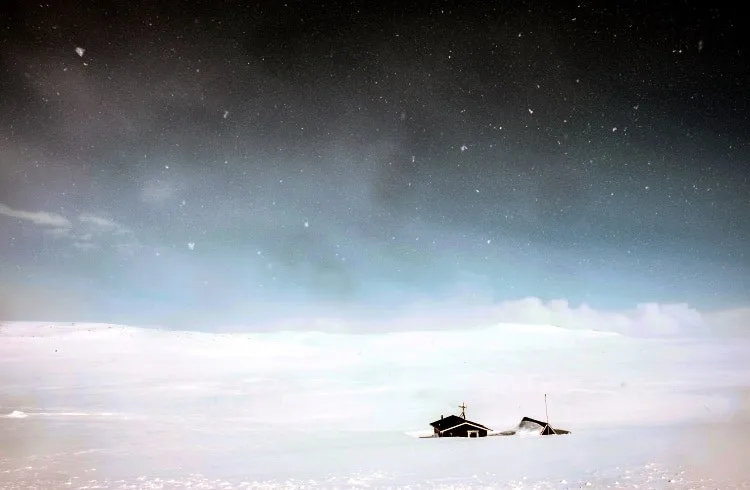
Winterizing your outdoor tankless water heater is essential if you live in a cold environment. Even indoor units can become vulnerable to freezing temperatures if left exposed and unprotected.
This simple process involves draining your unit, closing gas and water shutoff valves, and insulating its pipes – something particularly worthwhile if you plan to be gone for extended periods.
When it comes to safeguarding your tankless water heater from the winter chill, following these steps is a smart move, and you can find more tips and expert advice at Diamondback Plumbing and Cooling here.
1. Insulate the pipes
Before your pipes freeze over, they must be adequately insulated. Insulation can be done using fiberglass or polyethylene foam insulation, neoprene material, and coil/wraparound pipe insulation.
Once precision measurements have been taken to identify pipe sizes and needs, select non-flammable insulation such as fiberglass or neoprene that meets these specifications – ensure it doesn’t contain toxic materials if it is near your water heater!
Insulating pipes may seem easy, but it can be dangerous without proper caution. You should wear rubber gloves and goggles while cutting and installing insulation to protect yourself from the raw materials you will work with. Also, follow manufacturer instructions when installing insulation to ensure an effective result.
After you have installed insulation, it should be sealed using tape or zip ties every few feet along the length of pipes to prevent it from pulling away or becoming loose over time. This will keep it intact and avoid future losses of insulation due to slipperiness or accidental movement of pipes.
Insulating the pipes leading from your home to a tankless water heater should also be prioritized, mainly if they’re in areas without heat, such as crawl spaces, attics, or garages. Although this task might initially seem inconsequential, insulation could save your home from frozen pipes or other potential complications in extreme cold weather conditions.
2. Install a vent termination
Pipes connected to your tankless heater are especially prone to freezing when temperatures drop, especially outdoor models more exposed to weather elements. Therefore, insulation must be applied, and an appropriate vent termination must be installed to safeguard these pipes against frostbite.
There are multiple methods for venting a tankless water heater, including roof venting and wall-indirect methods. Each installation process comes with unique considerations that must be addressed during its execution to help make an informed decision on what method best fits your home or business environment. A professional plumber can assist you in choosing an appropriate option.
Venting through walls requires taking certain precautions to maintain proper venting and airflow, including having sloped vents with adequate supports to avoid sagging or detachment, sealing all joints and connections with approved vent tape or sealants to seal out gas leakage, and regular maintenance checks to maintain efficient ventilation and airflow.
Though installing a vent termination isn’t mandatory, doing so may help protect your outdoor tankless water heater from freezing temperatures.
It’s advisable to choose an outdoor location with limited wind chill effects and install at least two feet from any building openings; additionally, regularly inspect and clean out your venting system to prevent obstructions and deterioration.
3. Add a heater cover
A heater cover adds an extra layer of protection against frost. It helps insulate water heaters from cold temperatures while blocking vent openings to stop frost from freezing and condensate drain from freezing, snow, ice, and debris accumulation on its surfaces.
When selecting a cover, it’s essential that it can be secured onto your unit and won’t blow off during strong winds – straps or drawstrings ensure tight closure for tight fits and secure closure.
Outdoor installations benefit greatly from using water heater covers; their units are more susceptible to frigid conditions than their indoor counterparts, and any freezing issues can be costly and challenging to repair or replace.
If you plan to install an outdoor tankless water heater, ensure it has been specially designed for outdoor use. When choosing where to locate it, always invest in insulation and add vent terminations on the intake and exhaust pipes.
Furthermore, choosing an area shielded from wind while blocking drafty windows can help avoid freezing issues. It may also be wise to invest in heat tape – this product stays warm when electrical current flows through it to protect pipes against freezing during power outages.
- Impact of Emotionally Absent Fathers on Daughters - April 30, 2024
- Sagittarius Man & Gemini Woman Love and Sex Compatibility - January 31, 2024
- Taurus Ascendant Rising Personality Traits in Men (Guide) - January 31, 2024
